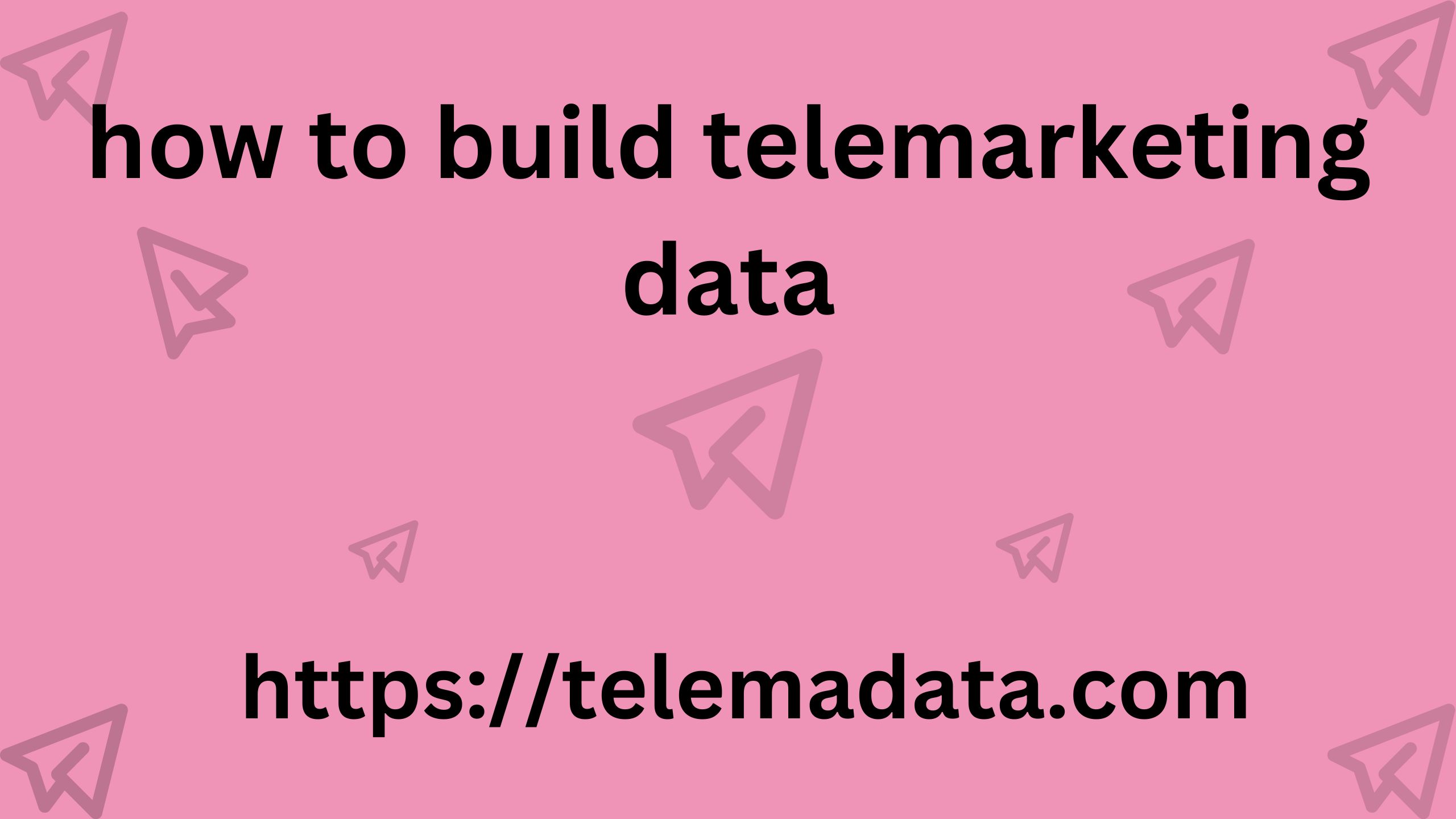What is duplicate content and why should you avoid it? As you may already know, Google is always looking to rank the websites that offer the best answers to its users in the best positions in its SERP: quality answers that are complete, concise and, especially, designed for humans, not machines. For this reason, duplicate content is punished within the search engine: duplicate content is a copy of another content, that is, it is not of high quality and is not very well planned. Here at SEOlogy we will teach you what is, its types, how it is penalized, how you can avoid it and we will show you some useful tools that you can use to combat this problem.
What is duplicate content?
What is duplicate content and why should you avoid it? Duplicate content is any text that is repeated in whole or in part in more than one URL, whether on the same domain or a different one. In addition, we are now talking not only about duplicate text, but also about images or any type of digital content that how to build telemarketing data is too similar to each other. And most importantly, duplicate content is not only harmful if it is the same as on another website… it is just as harmful even within the same domain. Types of duplicate content Let’s see what the two types of duplicate content are: those that are on the same domain and those that are not: Types of duplicate content – SEOlogy Agency Internal duplicate Most of the duplicate content that Google detects is generated within the same domain and is mostly due to URL parameter errors or errors in the organization and management of products and content.
These are the most common problems: Non-canonical domains
What is duplicate content and why should you avoid it? This can cause Google to identify a lot of duplicate content. Google crawlers on test content: When we allow du kan stille dine apparater Google to crawl content that we are still generating, it may identify that as duplicate content. URLs by country: if we have URLs that are identical in content but with different endings for each country and we do not use the correct parameters, Google will think that we are generating duplicate content.
Duplicate content: If we use templates for product descriptions
for example, and we don’t change them with each other, Google will identify that as duplicate content. This happens for one of two reasons: Plagiarism: This can happen because we copy a piece of content or an entire piece of content from another website or because other people copy us.
Can I get Google penalties for duplicate content?
Google does penalize duplicate content. Many have believed that it does not, that it simply affects web positioning in. Google, but there have been afb directory several updates. To its algorithm that have determined that there are penalties. Here we show you what they can be like. Automatic penalties These are penalties that occur automatically on Google, without any human intervention. Thus, Google crawlers detect duplicate content and penalize the pages that contain it. There are two types. Google Panda: Finds and penalizes pages that contain low-quality content, including the content itself.
Google Penguin: Finds and penalizes pages that have used black hat
Manual penalties These are penalties that occur when a person informs Google that another person is engaging in a bad practice.Why is duplicate content bad? Duplicate content is not only bad whether or not there is a penalty from Google, but because it reduces the quality of our page, which is the ultimate goal. So, when we have duplicate content.
This is why it is of great relevance and value to receive
advice and answers to your concerns from professionals at a web positioning agency like SEOlogy. How to fix duplicate content SEO? Best practices Here are some steps you can take to improve and prevent duplicate content: Use the “rel_canonical” tag to tell Google which URL you want to index. To do this, you just need to insert a line of code in the HTTP header.
Use the “no follow” tag to prevent Google from crawling
pages that are not yet ready. Use the “hreflang” tag when we have content for different countries or in different languages. Improve titles, categories and meta descriptions. Optimize internal and external linking strategy. Never plagiarize content from another website.
These are the most important ones: Google Search
: This tool is essential for anyone who manages a website or has an SEO project. Here you can find out if there is duplicate content and on which pages, so you can correct it. Copyscape: This is another free tool that finds duplicate content from outside. Screamingfrog: Like GSC, this is a fundamental tool for all SEO projects. It allows us to identify internal duplicate content.


